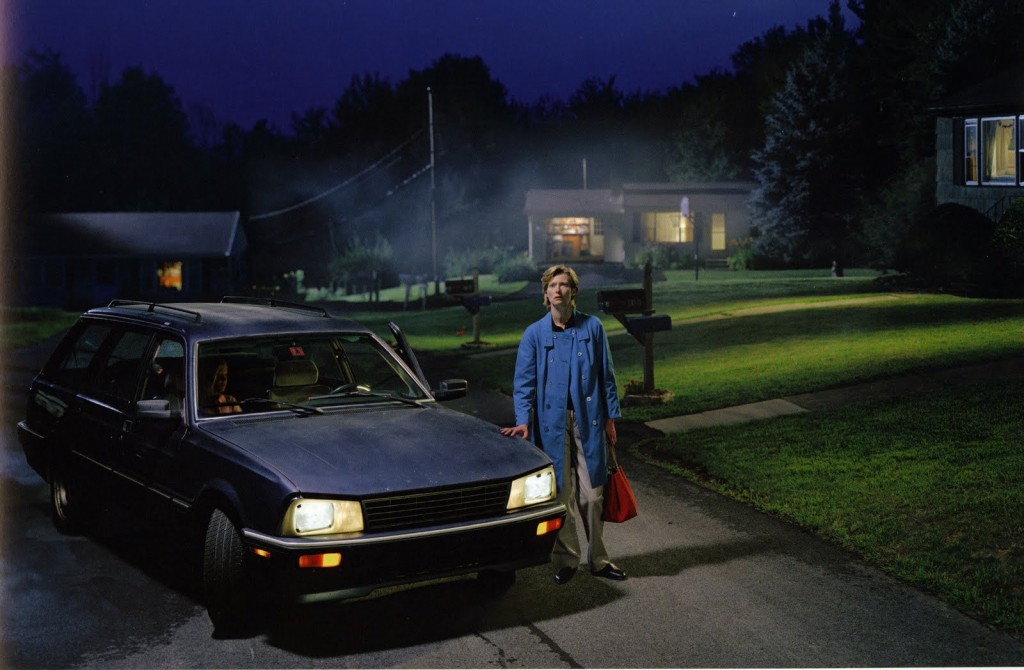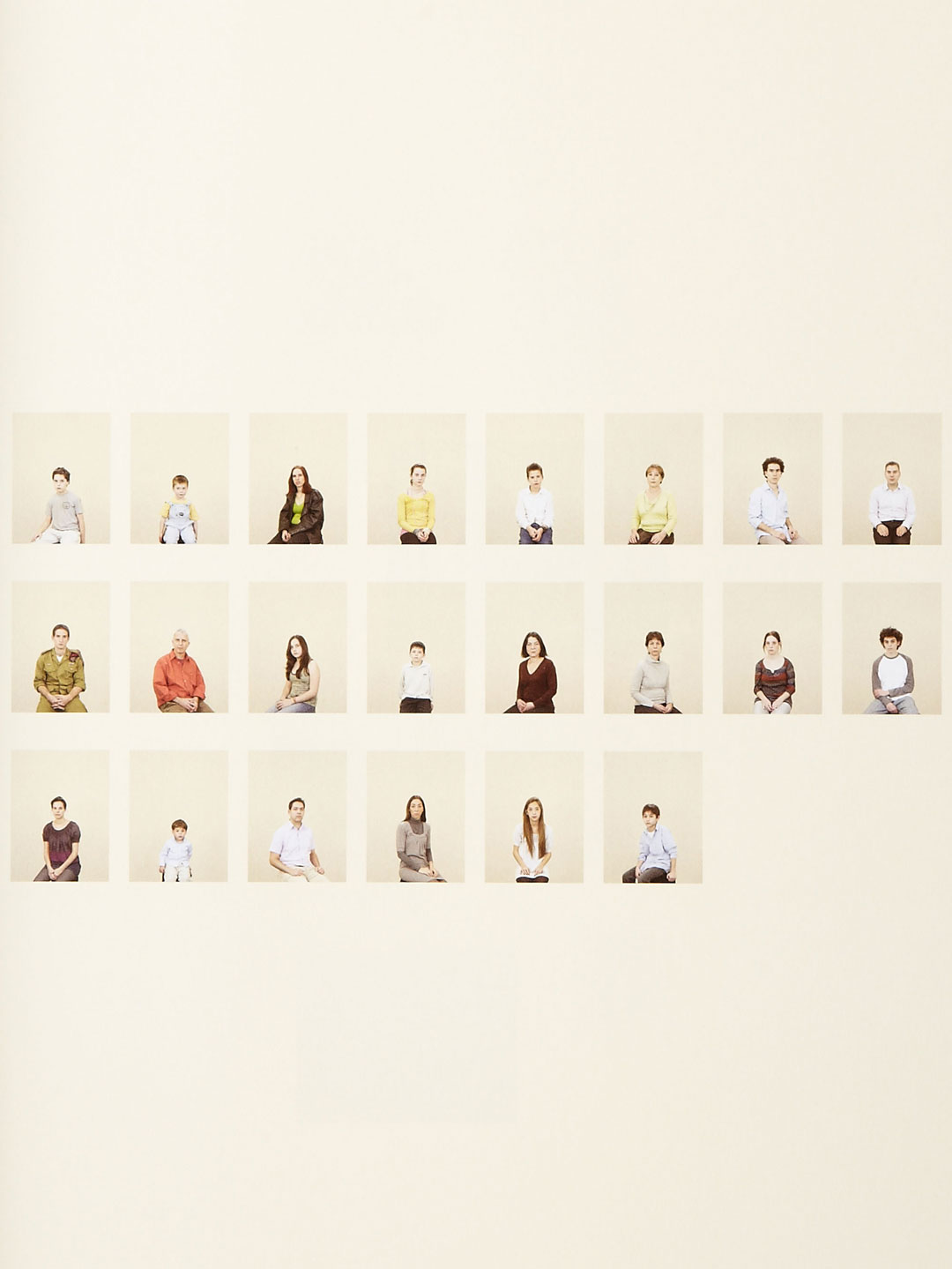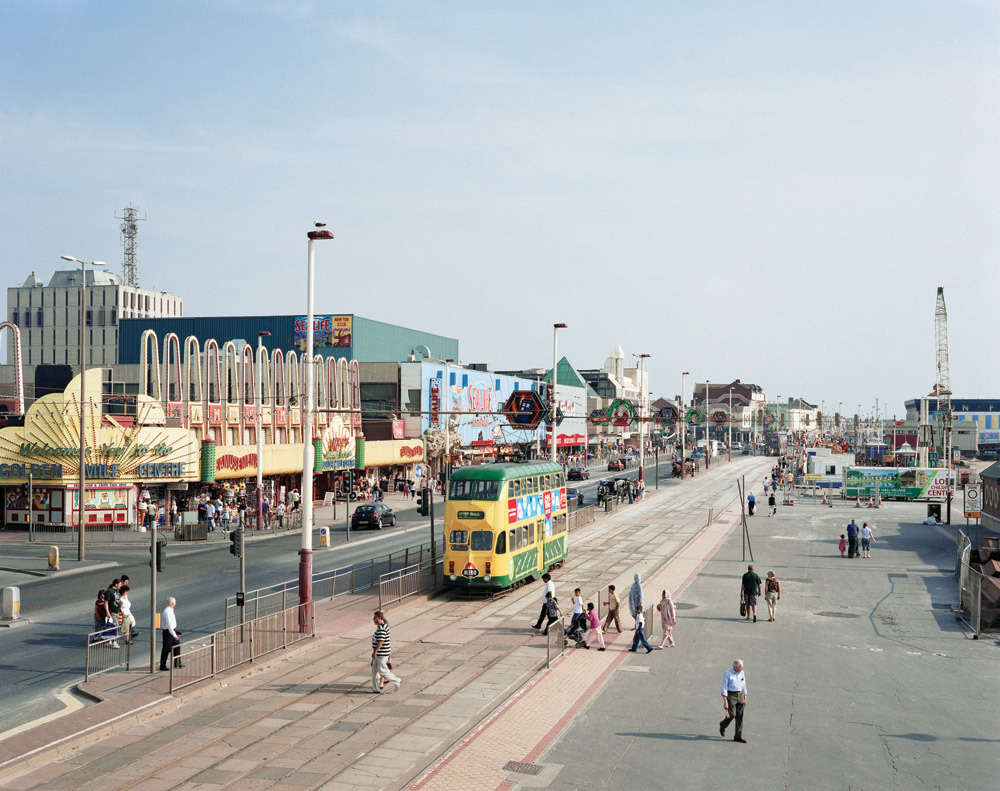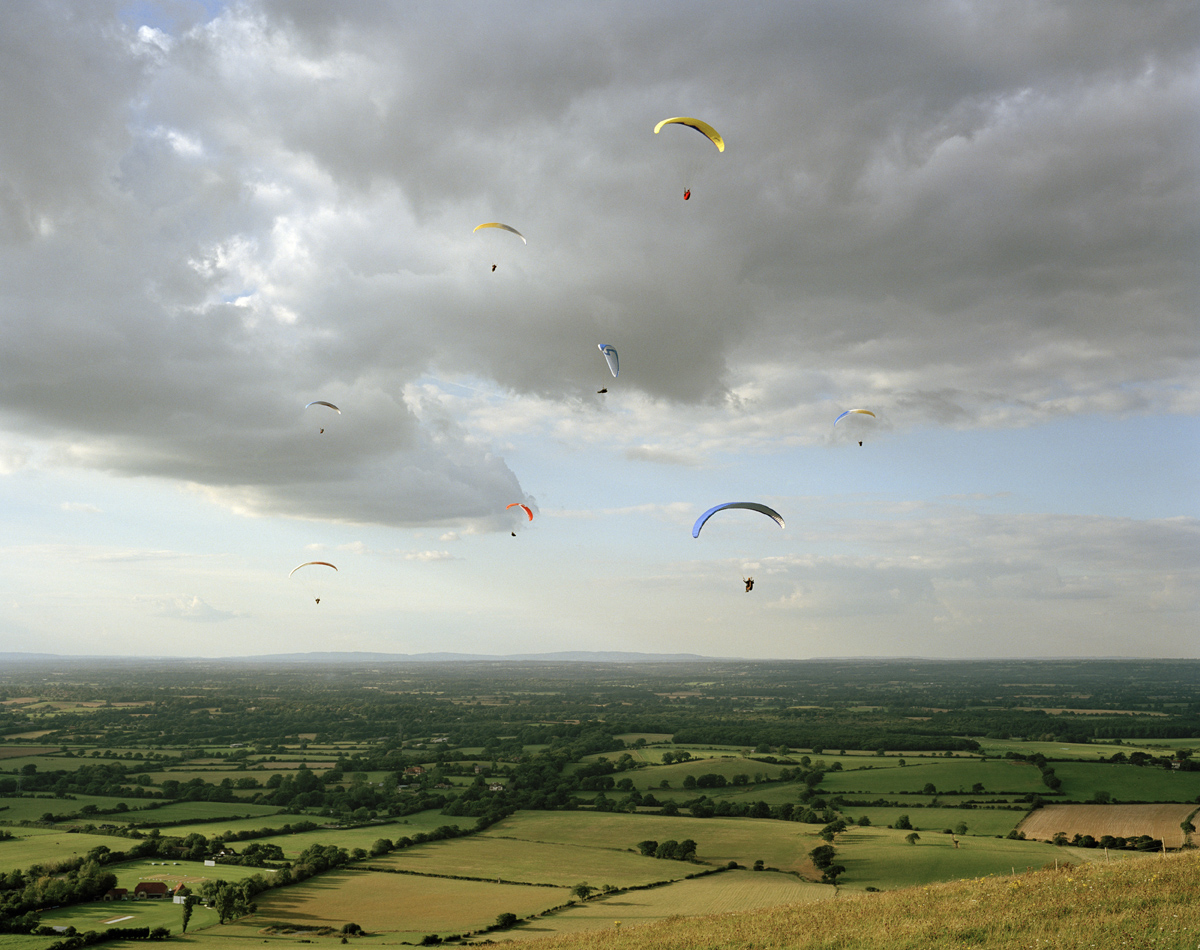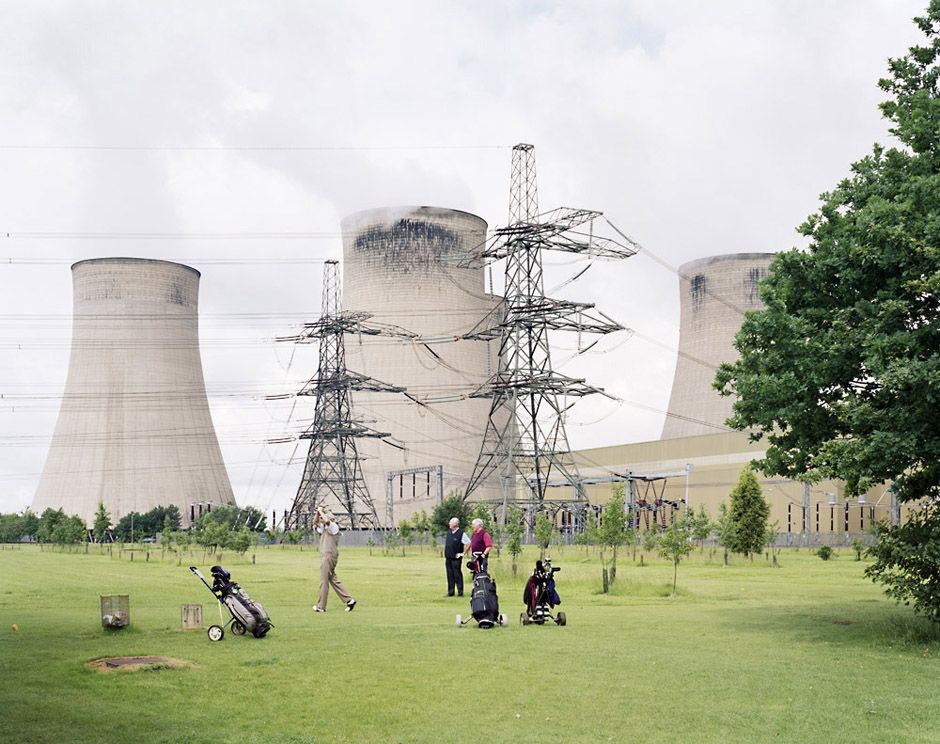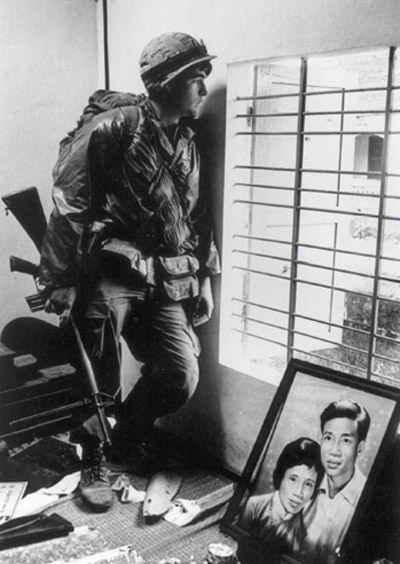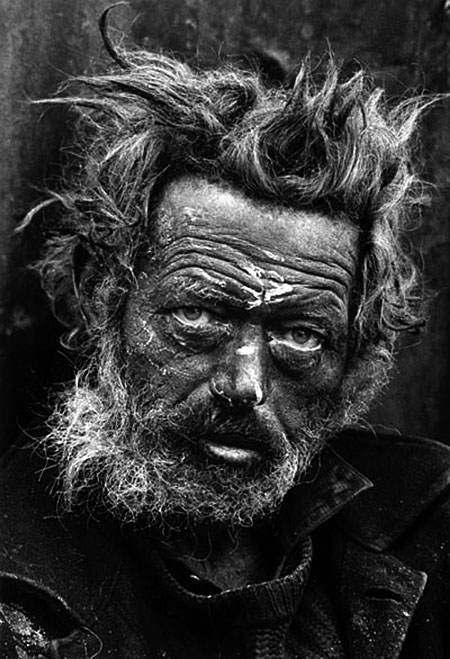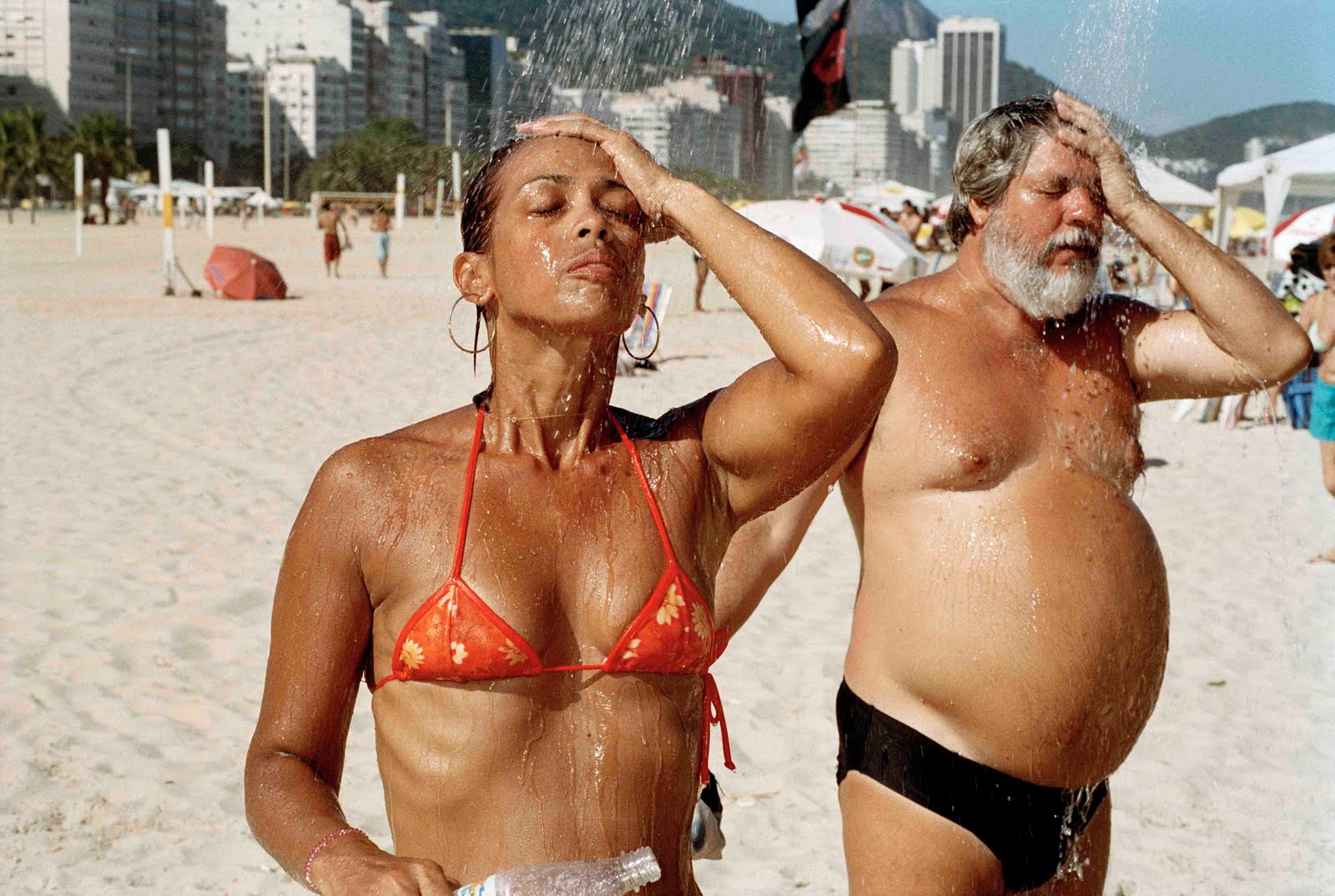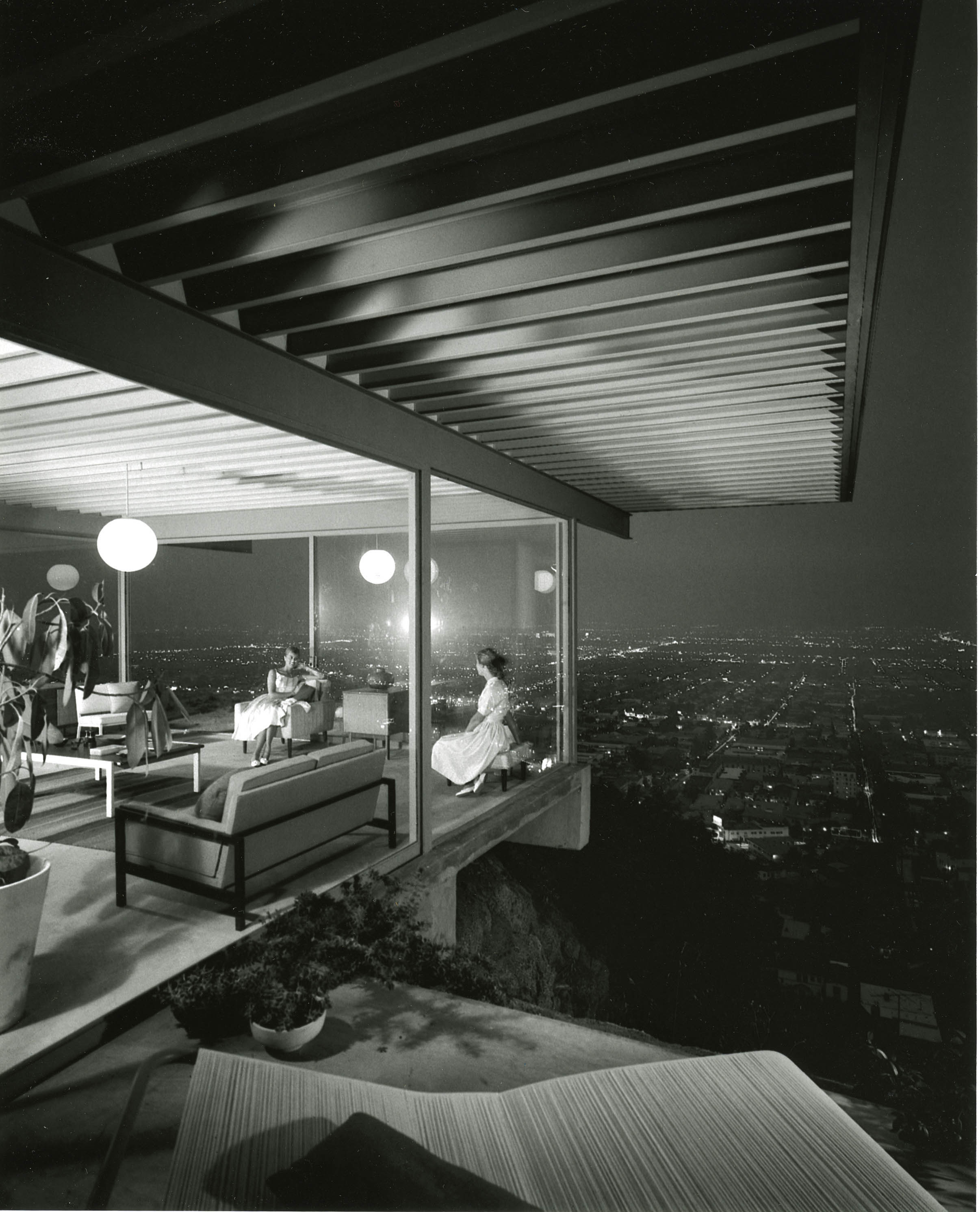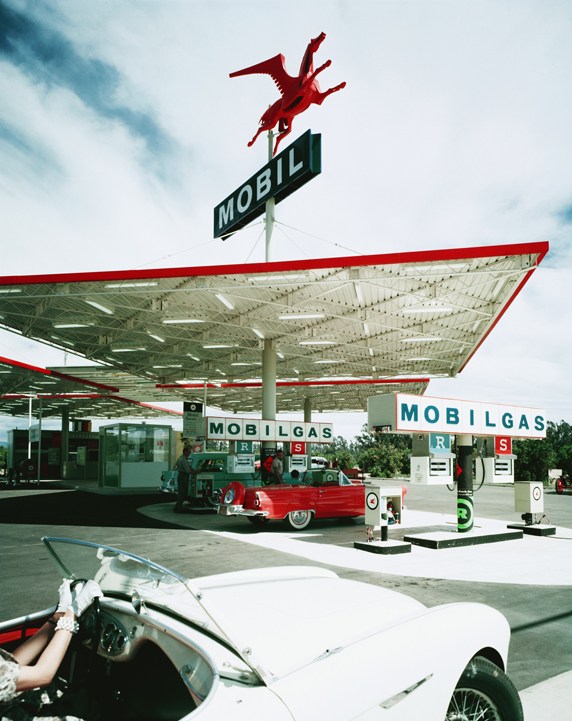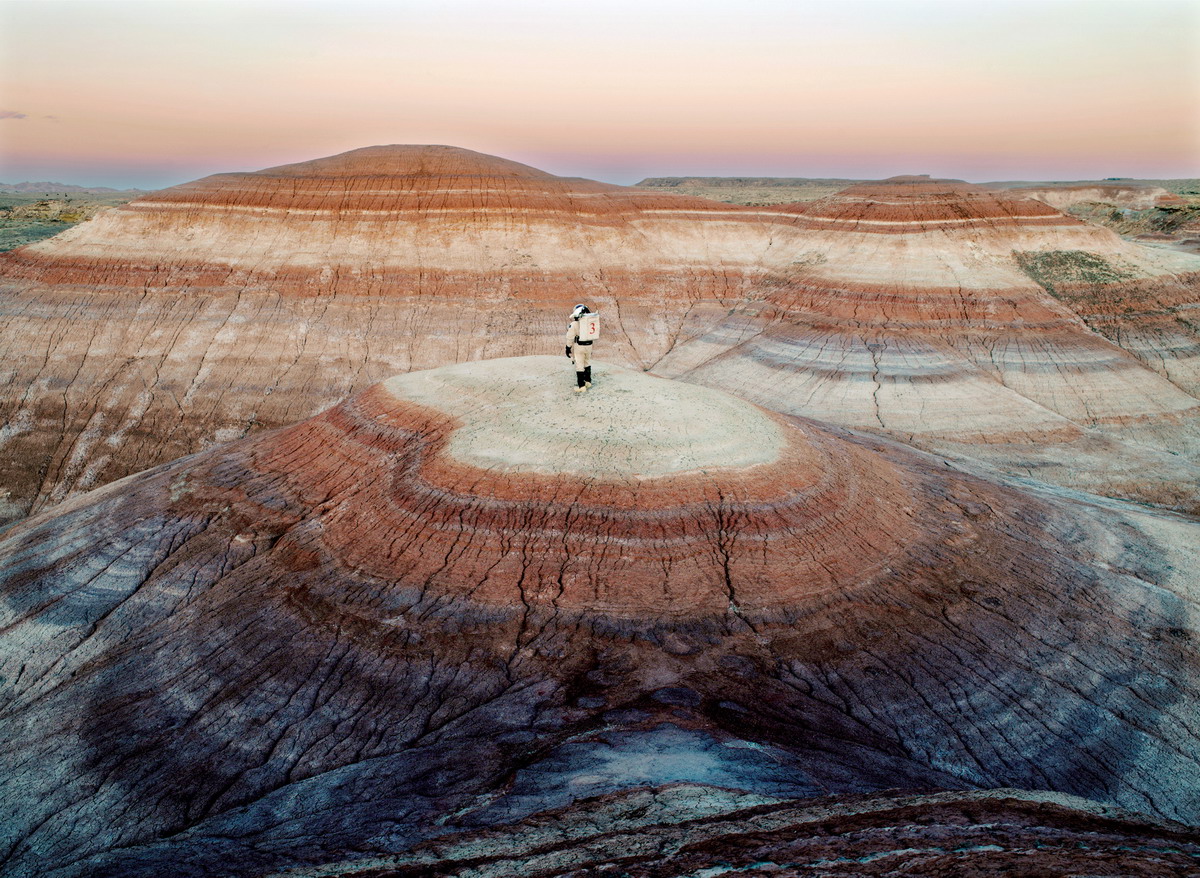
I sent a link to the following photography documentary on Joel Meyerowitz, as well as the opening text to a few close friends, including one who I shall call 'Z'. Below, is a transcription of the discussion that ensued...
Me
You got to watch this, for its a piece of its time, in New York City. We have the renowned street photographer Joel Meyerowitz, standing on the corners, with Robert Gilberg, as this torrent, this great flood of words comes out of him; all about the street, about the light falling on people's hair, of the small moments that bubble and burst in the space of a thousandth of a second. And in those instances, Joel snaps his small little 35mm colour camera. He's insatiable, non-stop, aware, and completely connected. He's got a voice like Martin Scorsese, a voice like a steam train across its tracks, hurtling along and powered by the passion that's inside of him. This is really an incredible insight into street photography, into the inner mind of a photographer who is utterly connected to his world around him.
Z
I know there is an attempt at reviving street photography at the moment, but to me it just seems so passé. Meyerowitz talks too much sentimental nonsense for me. Garry Winogrand's (photographed at the same time 60s-80s) philosophy of street photography blows Meyerowitz's chatter out of the water. Besides, street photographers always seem to be so wrapped up in themselves. They like to think of themselves as some kind of hero, always talking about risk and endurance. I would argue that he is completely disconnected and only thinking about the world in terms of photographs: he is in his head, not in the street.
Me
Ha ha ha, you're so cynical, you need to connect to your heart and the inner landscape of your emotions!
It takes courage to actually stand in front of a stranger and take pictures of them. I was out taking photographs in Brighton the day before yesterday, with a friend who was down from London, and I bottled out of taking so many shots of weird and wonderful characters, the same of which happened to me on the Jersey Shore, which I cursed myself about afterwards.
I would certainly say that Meyerwitz was in the street, as seen in that film, in that he was acutely aware of what was happening outside of his head, of his self. He stood, looking, fiendishly searching for tiny little moments that was, like in all cities, bursting all about him.
Have you any links for Winogrand's words, or have yo useen any interviews about him?
Z
Next you'll be encouraging me to 'search my soul', no doubt!!
And what about the ethical question of taking photographs of people without their consent? Is knowledge of this what requires 'courage' to break an unwritten rule? (would you say someone who behaved unethically was courageous?). For me, the street photography of Meyerowitz misses all the big questions and gets caught up with sparkly sunlight and disparate 'gestures' and that selected 'decisive moments' apparently reveal some truth about life. Thoroughly misguided. Winogrand, on the other hand, had more insight and doesn't make any connection between the photograph and life (other than the index, the imprint of a trace of light from a thing on a light sensitive surface; i.e the image is illusion), and photographed only to see what things looked like in photographs, an exemplary approach that demonstrates a genuine understanding of the medium.
There used to be some good videos of Winogrand 'working the streets' on YouTube, but i haven't checked for a few years
Me
We shall leave the argument of the 'soul', and even searching for one, out of this. Also, I think that perhaps ethics should be left out of this too, leaving it for the weighty situations of our earth; like why did the world stand by whilst thousands of innocent civilians were bombed, raped and massacred by Sri Lankan Government forces over a period of years? Why is it that our governments decide to step into one conflict (Libya) and not another (Syria, Rwanda, Sierra Leone, Serbia and Palestine, to name but a few).
But this is a subject I do not want to get into right now, especially as it is not even part of this discussion, as it were. Whether ethical or not, whether right or wrong, good or bad, not one person in this documentary, who was captured by the lens of Meyerwitz, confronted him about it, to disagree or to lambast him not be photographed. Often, from what I saw, people appeared to be more complimented than disgruntled about it. The thing that so captivated me about this film was Joel as a man who was truly aware, anchored in the ever present moment. And so any man, woman, poet, artist, or anyone else for that matter, who is truly aware, I have always felt akin to, inspired by and moved. For is it not that one of the aims of life is to be aware, submerged in the very here and now that perpetually plays out before us? For me, it is, and so when I discover people who live and breathe and make this there aim, consciously or unconsciously, I cannot help but feel drawn to them, as I sit or stand in total admiration, in awe of them Being (Being as in 'being' who they are, who they truly are, in that naked, raw instant). Joel spent most of this film searching for those short bursts of interactions around him, in the streets of New York in that exact moment of time, and whether decisive or not, he was seeing more in a second than most see in longer periods of time. His attention was acute, he was riveted by what was playing out before him in the pantheon of the streets. I admire his ability to be able to do that, and certainly it is a thing that takes great courage to do, for so many of us are afraid to interact with total strangers, others like you and I, even if it is to take their picture in a thousandth of a second.
However, I am writing this only seeing a number of Winogrand's work, and some time ago at that, only knowing a fraction of the surface of his work, which leads me onto the situation of having to delve deeper into his photographs and gaze, with an open eye, on his 'imprint of a trace of light from a thing on a light sensitive surface'.


